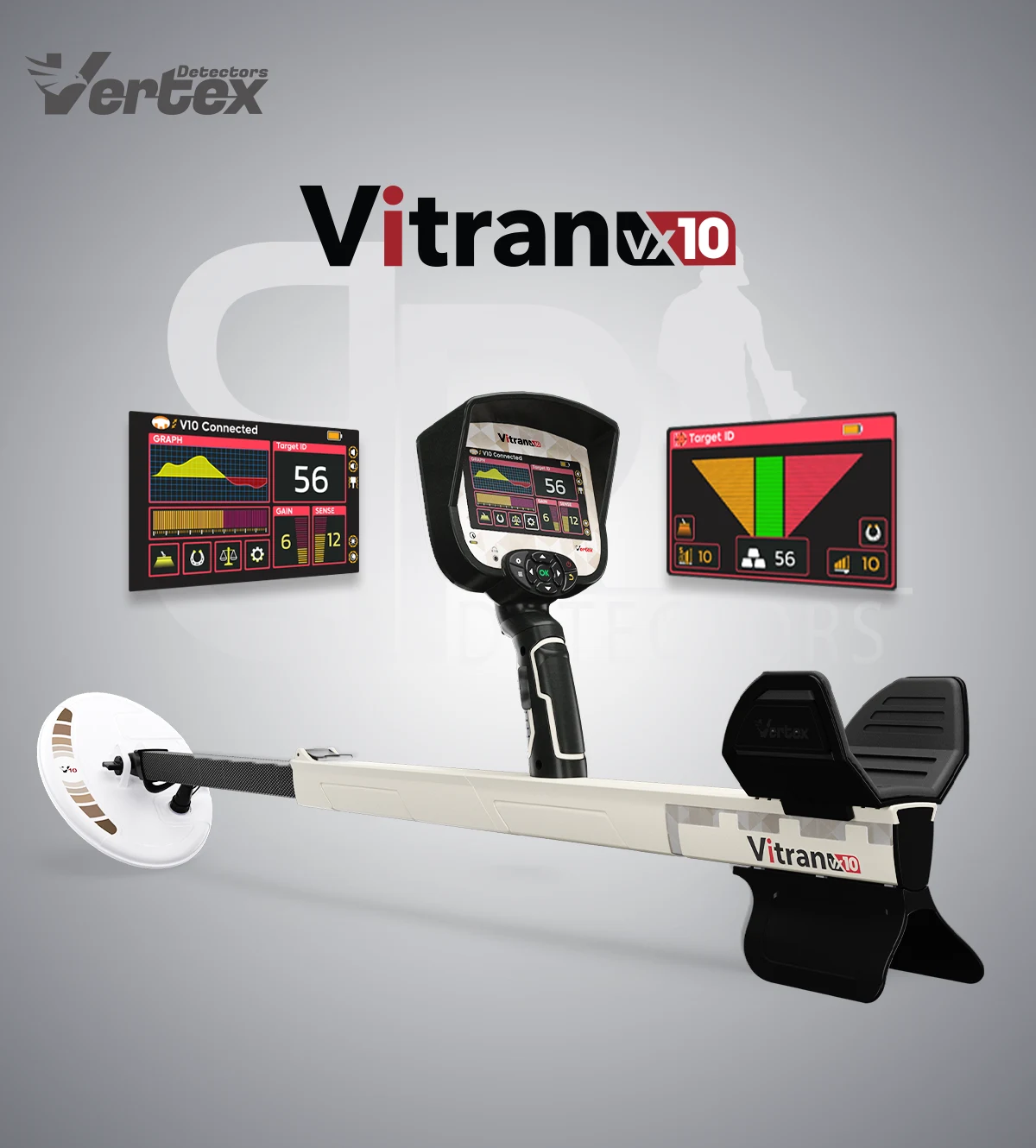For treasure hunters, archaeologists, and hobbyists, one of the most common questions is how reliable a metal detector machine really is when it comes to identifying deep targets. While many detectors can pick up coins, relics, or jewelry just a few inches below the surface, the real test of accuracy comes with detecting targets buried at significant depths. Understanding how these machines work, their limitations, and the role of technology in accuracy is essential before you invest in one.
The Science Behind Metal Detection
At the core of every detector is the principle of electromagnetism. The search coil creates a magnetic field that penetrates the ground. When this field encounters metal, it disrupts the signal and sends feedback to the control box, alerting the user. The deeper the metal, the weaker the return signal, which makes detecting deep targets a real challenge.
Accuracy in these cases depends on coil size, ground conditions, and the machine’s technology—factors that can dramatically change the experience for two users working in the same field.
Depth Versus Accuracy: The Ongoing Tradeoff
One of the most misunderstood aspects of detectors is the balance between depth and accuracy. A large coil may detect metals buried several meters below the surface, but this often comes at the cost of discrimination—the ability to distinguish between valuable metals like gold and common junk like aluminum.
On the other hand, smaller coils excel at shallow accuracy and target separation but may fail to identify targets deeper than a foot. This tradeoff highlights why understanding the capabilities of your chosen model matters so much.
The Role of Soil Conditions and Mineralization
Accuracy isn’t only about the machine. The ground itself plays a major role. Highly mineralized soils, such as those rich in iron, can confuse signals and create false positives. Wet or salty environments add another layer of interference. In contrast, dry and neutral soils allow a detector to penetrate more cleanly, leading to better accuracy on deep targets.
Professional users often adjust ground balance and sensitivity settings to minimize this interference, but even the best metal detector machine has limits that depend on the terrain.
Advanced Technologies That Improve Deep Detection
Not all detectors are created equal. Entry-level models focus on hobbyist use and may only provide reliable results up to 10–12 inches. However, advanced technologies such as Pulse Induction (PI) and Multi-Frequency VLF (Very Low Frequency) detectors can significantly extend accuracy.
PI detectors, for instance, are particularly strong in detecting gold nuggets and deep relics, as they are less affected by ground mineralization. Multi-frequency machines, on the other hand, scan at different frequencies simultaneously, providing more reliable target identification across depths.
Vitran VX10: A Case Study in Advanced Detection
For professionals seeking to maximize accuracy at depth, the Vitran VX10 is an example worth mentioning. Built with advanced detection systems, this machine is designed to handle both shallow and deep targets without sacrificing accuracy.
Its engineering focuses on balancing sensitivity with depth, meaning users can confidently distinguish between real valuable targets and ground noise. For those searching in areas with highly variable soil conditions, this balance can make the difference between wasted hours and successful finds.
Real-World Experiences and Limitations
Accuracy on deep targets isn’t only a matter of specifications. Real-world use often reveals the limits of any machine. Many detectorists report that while machines claim depth capabilities of up to 5 or 6 meters, consistent accuracy usually falls within 2–3 meters in normal conditions.
This doesn’t mean deep detection is unreliable; rather, it requires realistic expectations. Field testing, adjusting settings, and learning how to “read” your detector’s feedback are skills that dramatically increase accuracy, even at challenging depths.
Why Accuracy Matters More Than Depth Alone
It’s tempting to focus on the maximum depth a detector can reach, but accuracy matters more. Detecting a deep target is pointless if the machine cannot reliably identify whether it’s gold, silver, or scrap iron. Machines that emphasize depth without discrimination may lead to wasted time and unnecessary digging.
Investing in a machine that balances both factors—like advanced metal detector machines available from BR Detectors Dubai—ensures you’re not just chasing signals but uncovering valuable finds.
Final Thoughts
So, how accurate is a metal detector for deep targets? The answer depends on your machine, the soil, and your level of experience. While no detector can promise perfect accuracy at maximum depth, advancements in technology continue to close the gap. Models like the Vitran VX10 showcase how far the industry has come in balancing depth with reliable target identification.
For serious treasure hunters, the key lies in choosing the right equipment, mastering the settings, and learning to interpret subtle signals. With the right combination, accurate deep detection becomes not just possible but highly rewarding.




